최고의 일본식 핫 크로스 수플레 치즈케이크
Table of Contents
최고의 핫 크로스 일본식 수플레 치즈케이크!!
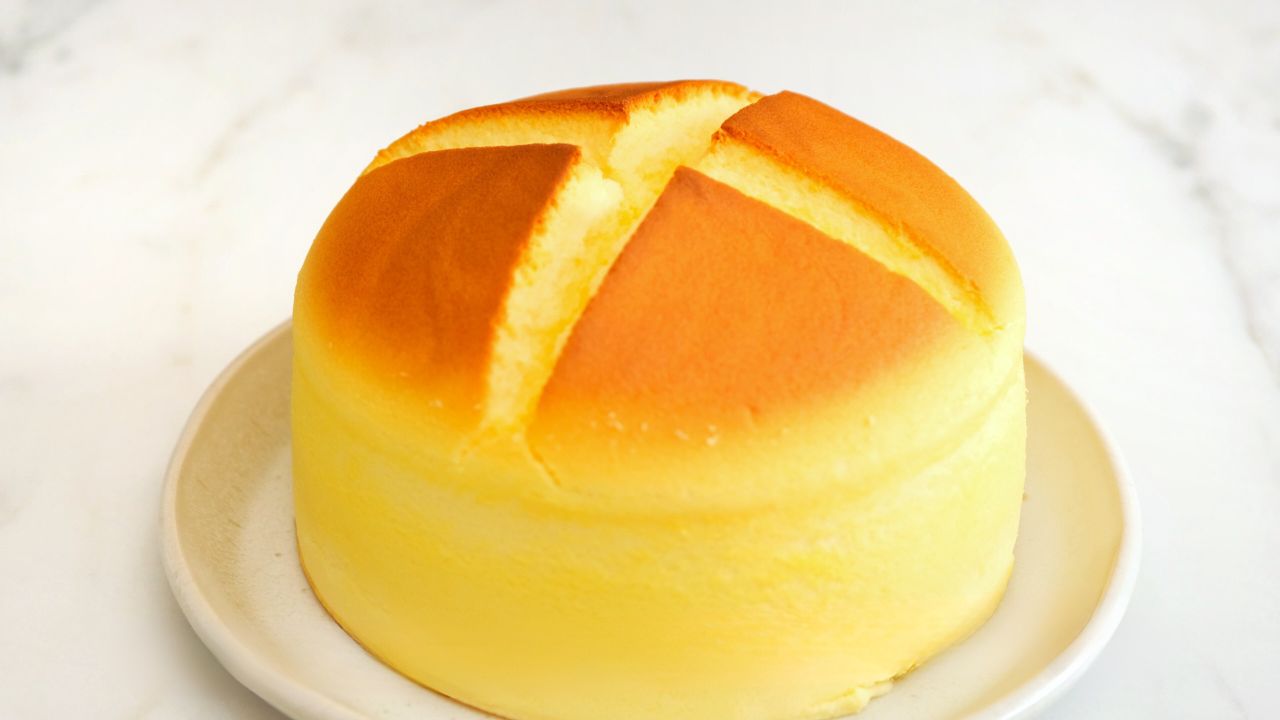
INGREDIENTS
INSTRUCTIONS
단계별 일본식 핫 크로스 수플레 치즈케이크
반죽 준비: 크림 치즈, 버터, 우유 섞기
이 단계는 치즈케이크의 크리미한 질감을 위한 기초를 설정합니다. 다음 단계를 주의 깊게 따르세요:
-
내열성이 있는 그릇에 크림 치즈, 무염 버터, 그리고 전유를 넣으세요.
-
냄비에 끓는 물을 올려놓고 그 위에 그릇을 놓습니다. 재료가 함께 녹을 때 부드럽게 저어줍니다. 응고를 피하기 위해 열은 낮게 유지해야 합니다.
-
혼합물이 부드럽고 실키해지면, 불에서 내립니다. 약간 식히세요.
-
식힌 후, 계란 노른자 를 하나씩 추가합니다. 각 추가 후 잘 섞어주세요.
-
케이크 가루 와 옥수수 전분 을 혼합물에 체 쳐 넣습니다. 반죽이 부드럽고 덩어리가 없을 때까지 저어줍니다.
-
반죽을 고운 체에 걸러주세요. 이렇게 하면 부드러운 질감을 보장하고 남아 있는 덩어리를 제거할 수 있습니다.
이 방법은 풍부하면서도 가벼운 베이스를 만들어 수플레의 공기 같은 질감을 위한 무대를 설정합니다.
계란 흰자 휘핑하기: 부드러운 봉우리를 만드는 방법
계란 흰자를 휘핑하는 것은 일본식 수플레 치즈케이크에서 그 시그니처 가볍고 공기 같은 질감을 얻는 비결입니다. 저는 항상 차가운 온도의 계란 흰자로 시작하는데, 이렇게 하면 더 빨리 휘핑되고 구조를 더 잘 유지할 수 있습니다. 제가 하는 방법은 다음과 같습니다:
-
깨끗하고 건조한 믹싱 볼에 계란 흰자를 넣으세요. 기름기나 잔여물이 있으면 흰자가 제대로 휘핑되는 것을 방해할 수 있습니다.
-
소량의 레몬 주스 와 소금 한 꼬집을 추가하세요. 이것들은 계란 흰자를 안정시키고 더 단단한 거품을 만드는 데 도움을 줍니다.
-
핸드 믹서나 스탠드 믹서를 중간 속도로 사용하여 계란 흰자를 거품이 생길 때까지 휘핑하세요.
-
설탕을 조금씩 점진적으로 추가하세요. 이 단계는 설탕이 완전히 녹아 머랭이 부드러운 질감을 갖도록 합니다.
-
믹서 속도를 높이고 계속 휘핑하세요. 부드러운 봉우리 폼. 거품기를 들어올릴 때 peaks가 부드럽게 접히면 올바른 농도에 도달했음을 알 수 있습니다.
팬과 수조 준비하기
팬과 물욕조를 적절히 준비하면 매끄럽고 균열 없는 치즈케이크를 만들 수 있습니다. 다음은 제가 설정하는 방법입니다:
-
라인 a 6인치 원형 케이크 팬 을 두꺼운 유산지로 덮습니다. 종이를 바닥과 측면에 꼭 맞게 자릅니다. 이렇게 하면 케이크 표면에 주름이 생기는 것을 방지할 수 있습니다.
-
팬의 바깥쪽을 알루미늄 포일로 감싸세요. 이 단계는 굽는 동안 물이 팬으로 스며드는 것을 방지합니다.
-
반죽을 준비된 팬에 붓습니다. 팬을 조심스럽게 카운터에 두드려 큰 공기 방울을 제거합니다.
-
팬을 더 큰 베이킹 트레이에 놓습니다. 트레이에 뜨거운 물을 채워 케이크 팬의 측면 높이의 절반까지 오도록 합니다. 이 물 목욕은 증기를 생성하여 치즈케이크를 촉촉하게 유지하고 균열을 방지합니다.
치즈케이크 굽기: 온도와 시간
치즈케이크를 굽는 것은 정밀함이 필요합니다. 저는 항상 오븐을 미리 예열하여 고른 열 분포를 보장합니다. 이 레시피에서는 상단 열을 356°F (180°C)로 설정하고 하단 열을 230°F (110°C)로 설정하세요. 이 이중 온도 방법은 치즈케이크가 균일하게 천천히 부풀어 오르도록 도와주며 균열이 생기지 않게 합니다.
다음은 제가 단계별로 그것을 굽는 방법입니다:
-
준비된 케이크 팬을 물이 담긴 욕조와 함께 오븐에 넣습니다. 최상의 결과를 위해 중간 선반에 위치시킵니다.
-
상단 열을356°F (180°C)로, 하단 열을230°F (110°C)로 설정하여15-20분 초기 온도에서 굽습니다. 이 시간 동안 표면이 굳고 가벼운 껍질이 형성됩니다.
- 표면에 십자 모양으로 칼집을 내기 위해 날카로운 칼을 사용하세요. 너무 깊게 자르지 않도록 조심스럽게 칼을 표면에 눌러주세요. 목표는 케이크를 완전히 쪼개는 것이 아니라 부풀어 오르도록 안내하는 것입니다.
- 굽기 상단 열을 356°F (180°C)로 설정하고 하단 열을 230°F (110°C) 10-15분 동안 표면이 황금색이 될 때까지.
-
상단 열을 302°F (150°C) 로 줄이고 하단 열은 230°F (110°C)로 유지하세요. 추가로 60-70분 더 굽습니다. 이 점진적인 온도 감소는 치즈케이크가 너무 빨리 갈색이 되지 않으면서 고르게 익도록 보장합니다.
전문가 팁: 베이킹 중에는 오븐 문을 여는 것을 피하세요. 갑작스러운 온도 변화는 치즈케이크가 꺼지는 원인이 될 수 있습니다. 대신 오븐 불을 사용하여 진행 상황을 확인하세요.
냉각 및 서빙: 완벽한 마무리 보장
치즈케이크를 제대로 식히는 것은 굽는 것만큼 중요합니다. 오븐에서 꺼낸 후, 팬에서 약 15분 동안 식히세요. 이렇게 하면 구조가 고정되어 다루기 쉬워집니다.
여기 제 냉각 과정이 있습니다:
-
치즈케이크를 조심스럽게 수조에서 꺼내세요. 바닥이 눅눅해지는 것을 방지하기 위해 알루미늄 포일 포장을 제거하세요.
-
종이 호일을 조심스럽게 벗겨내세요. 두꺼운 종이 호일을 사용했다면 이 단계는 쉬울 것입니다.
-
치즈케이크를 와이어 랙으로 옮깁니다. 실온에서 완전히 식히세요.
전문가 팁: 치즈케이크가 아직 따뜻할 때 냉장고에 넣지 마세요. 갑작스러운 온도 변화는 질감을 밀도가 높아지게 할 수 있습니다.
식힌 후에는 부드러운 식감을 위해 따뜻하게 제공하거나, 냉장고에 넣어 더 크리미한 일관성을 얻을 수 있습니다. 신선한 과일이나 꿀을 뿌려서 함께 먹는 것을 좋아합니다. 가벼운 단맛과 크리미한 맛이 어떤 경우에도 잘 어울리는 다재다능한 디저트를 만들어 줍니다.
일본식 면포 치즈케이크 만들기 팁
재료 정확하게 측정하기
재료를 올바르게 측정하는 것은 매우 중요합니다. 저는 제안합니다. 주방 저울 사용하기 정확한 양을 위해. 계량컵도 사용할 수 있지만, 저울이 더 정확합니다. 재료의 작은 변화도 치즈케이크에 영향을 줄 수 있습니다. 예를 들어, 밀가루가 너무 많으면 무거워지고, 설탕이 너무 적으면 단맛이 변합니다.
빠른 팁: 케이크 가루와 옥수수 전분을 측정하기 전에 체에 쳐주세요. 이렇게 하면 덩어리가 제거되고 반죽이 부드러워집니다.
반죽을 부드럽게 접기
반죽을 조심스럽게 접으면 치즈케이크가 부드럽고 공기처럼 가벼워집니다. 이 단계는 인내와 부드러운 손길이 필요합니다. 먼저, 나는 반죽에 약간의 휘핑한 계란 흰자를 섞습니다. 이렇게 하면 반죽이 더 가벼워지고 나머지를 접기 쉬워집니다. 주걱을 사용하여 바닥에서 퍼내어 위로 접습니다. 계란 흰자 줄무늬가 남지 않을 때까지 계속 접습니다. 과도하게 섞으면 반죽이 망칠 수 있으므로, 부드럽게 보일 때 즉시 멈춥니다.
빠른 팁: 접을 때는 넓은 주걱을 사용하세요. 공기 방울을 깨지 않고 잘 섞입니다.
오븐의 베이킹 시간 조정하기
모든 오븐은 다르게 작동하므로, 완벽한 결과를 위해서는 베이킹 시간을 조정하는 것이 중요합니다. 저는 제 오븐의 특성에 맞추기 위해 몇 가지 요령을 배웠습니다.
-
오븐의 온도를 알아두세요
저는 항상 오븐 온도계를 사용하여 제 오븐이 뜨겁게 또는 차갑게 작동하는지 확인합니다. 내장된 오븐 설정이 항상 정확한 것은 아닙니다. 온도가 맞지 않으면 그에 맞게 조정합니다. 예를 들어, 제 오븐이 더 뜨겁게 작동하면 과도하게 구워지지 않도록 온도를 약간 낮춥니다. -
조리 상태를 일찍 확인하세요
추천 굽는 시간이 끝나기 5-10분 전에 치즈케이크를 확인하기 시작합니다. 팬을 부드럽게 흔들어 중앙이 약간 흔들리는지 확인합니다. 약간의 흔들림은 다 구워졌다는 의미입니다. 케이크 전체가 흔들리면 더 많은 시간이 필요합니다. -
시각적 신호를 활용하세요
표면에서 연한 금색을 찾습니다. 가장자리는 고정된 것처럼 보여야 하지만, 중앙은 여전히 부드러워 보여야 합니다. 이러한 시각적 단서는 제가 치즈케이크가 준비되었는지 결정하는 데 도움을 줍니다. -
고도 또는 팬 크기 조정
고지대에서 굽는 경우, 굽는 시간을 약간 늘립니다. 희박한 공기는 케이크가 부풀고 구워지는 방식에 영향을 미칩니다. 마찬가지로, 다른 팬 크기를 사용할 경우 시간을 조정합니다. 큰 팬은 시간이 덜 걸리고, 작은 팬은 더 오랜 시간이 필요합니다.
전문가 팁: 베이킹 저널을 유지하세요. 저는 제 오븐에 가장 적합한 정확한 시간과 온도를 기록합니다. 이렇게 하면 매번 완벽한 결과를 재현하는 데 도움이 됩니다.
자주 묻는 질문
내 치즈케이크 위가 왜 갈라졌나요?
치즈케이크는 보통 건조해지거나 고르지 않게 구워질 때 균열이 발생합니다. 저는 항상 이를 방지하기 위해 수조를 사용합니다. 수증기가 오븐을 습하게 유지하고 고르게 구워지도록 보장합니다. 수조의 물이 증발하는 것을 발견하면, 물을 보충하기 위해 오븐 문을 열지 마세요. 대신 타이머를 주의 깊게 지켜보고 중앙이 굳자마자 치즈케이크를 꺼내세요. 오븐 문을 너무 일찍 열면 갑작스러운 온도 변화가 발생하여 균열이 생길 수 있습니다.
빠른 팁: 두 번째 굽기 전에 핫 크로스 디자인에 점선을 긋는 것은 부풀어 오르는 것을 안내하고 고르지 않은 균열을 방지하는 데 도움이 됩니다.
치즈케이크가 언제 완성되었는지 어떻게 알 수 있나요?
치즈케이크 중앙에 약간의 흔들림이 있는지 확인합니다. 가장자리가 고정되어 보이고 중앙이 부드럽게 흔들리면 준비된 것입니다. 과도하게 구우면 질감이 조밀해질 수 있으므로 피하세요. 또한 표면에 연한 금색이 있는지 확인합니다. 확실하지 않은 경우 오븐을 끄고 치즈케이크를 문을 약간 열어둔 채로 10분 동안 안에 두세요. 이 단계는 부드럽게 요리를 마치는 데 도움이 됩니다.
물 목욕을 건너뛸 수 있나요?
물욕을 건너뛰는 것은 추천하지 않습니다. 물욕은 치즈케이크를 촉촉하게 유지하고 균열을 방지하는 데 필수적입니다. 물욕이 없으면 케이크가 고르게 구워지지 않거나 마를 수 있습니다. 팬에 물이 새는 것이 걱정된다면, 바닥을 알루미늄 포일로 단단히 감싸세요. 추가 보호를 위해 두세 겹을 사용하세요. 물욕은 완벽한 질감을 얻는 데 중요한 부드러운 구워지는 환경을 만듭니다.
내 치즈케이크가 구운 후 왜 가라앉았나요?
가라앉는 치즈케이크는 종종 계란 흰자가 과도하게 휘핑되었거나 너무 세게 접혀졌음을 의미합니다. 계란 흰자는 부드러운 봉우리가 생길 때까지만 휘핑하세요. 이렇게 하면 반죽이 가볍고 공기가 잘 통하면서도 구조를 잃지 않게 됩니다. 갑작스러운 온도 변화도 가라앉는 원인이 될 수 있습니다. 치즈케이크를 오븐에서 약 10분 동안 문을 살짝 열어 두고 서서히 식히세요.
기억하세요, 약간 가라앉은 치즈케이크도 여전히 맛있습니다!
반죽에 덩어리가 생기지 않게 하려면 어떻게 해야 하나요?
덩어리는 보통 차가운 재료나 체친 적재료에서 발생합니다. 저는 항상 실온의 크림 치즈, 버터, 계란을 사용합니다. 이렇게 하면 부드럽게 섞이는 데 도움이 됩니다. 케이크 가루와 옥수수 전분을 체치면 덩어리가 제거되고 반죽이 실키해집니다. 만약 여전히 덩어리가 보인다면, 계란 흰자를 접기 전에 반죽을 고운 체에 걸러냅니다.
다른 팬 크기를 사용할 수 있나요?
네, 하지만 굽는 시간을 조절해야 합니다. 더 큰 팬을 사용하면 치즈케이크가 더 얇아지고 더 빨리 구워집니다. 더 작은 팬을 사용하면 더 두꺼워지고 더 오랜 시간이 걸립니다. 최상의 결과를 위해 6인치 팬을 사용하는 것을 추천합니다. 크기를 변경하면 케이크를 주의 깊게 살펴보고 레시피에서 제안하는 것보다 더 일찍 또는 더 늦게 익었는지 확인하세요.
내 치즈케이크가 왜 푹신하지 않나요?
푹신함은 적절히 휘핑된 계란 흰자와 부드러운 접기로부터 옵니다. 계란 흰자가 충분히 휘핑되지 않으면 케이크가 많이 부풀지 않습니다. 반죽을 과도하게 섞으면 공기 방울이 꺼져 치즈케이크가 밀도가 높아질 수 있습니다. 계란 흰자를 반죽에 접어 넣는 데 시간을 충분히 가지세요. 주걱과 가벼운 손을 사용하여 혼합물이 공기를 유지하도록 하세요.
남은 치즈케이크는 어떻게 보관해야 하나요?
치즈케이크가 완전히 식도록 한 후, 플라스틱 랩으로 단단히 싸거나 밀폐 용기에 넣습니다. 냉장고에서는 최대 3일 동안 신선하게 유지됩니다. 더 오랫동안 보관하려면, 플라스틱으로 포장한 개별 조각을 냉동실 봉지에 넣어 냉동합니다. 나중에 즐기려면, 조각을 냉장고에서 하룻밤 해동합니다. 따뜻하게 드시고 싶다면 전자레인지나 오븐에서 부드럽게 재가열하세요.
이 치즈케이크를 미리 만들 수 있나요?
정말 그렇습니다! 이 치즈케이크는 다음 날에 더 맛있습니다. 하루 전에 구워서 하룻밤 동안 냉장고에서 식히세요. 맛이 더 깊어지고, 식감이 더 크리미해집니다. 신선하게 유지하기 위해 제대로 보관하는 것만 잊지 마세요.
이 치즈케이크를 제공하는 가장 좋은 방법은 무엇인가요?
따뜻하게 제공하면 부드럽고 폭신한 식감을, 차갑게 제공하면 크리미한 일관성을 즐길 수 있습니다. 저는 딸기나 블루베리 같은 신선한 과일과 함께하는 것을 좋아합니다. 꿀을 살짝 뿌리거나 휘핑크림을 한 덩어리 올리면 고급스러운 느낌을 더할 수 있습니다. 음료로는 녹차나 커피가 가벼운 단맛과 완벽하게 어울립니다.
서빙 팁: 치즈케이크 주위에 과일 조각을 배열하여 인상적인 아름다운 프레젠테이션을 만들어 보세요!
Frequently Asked Questions


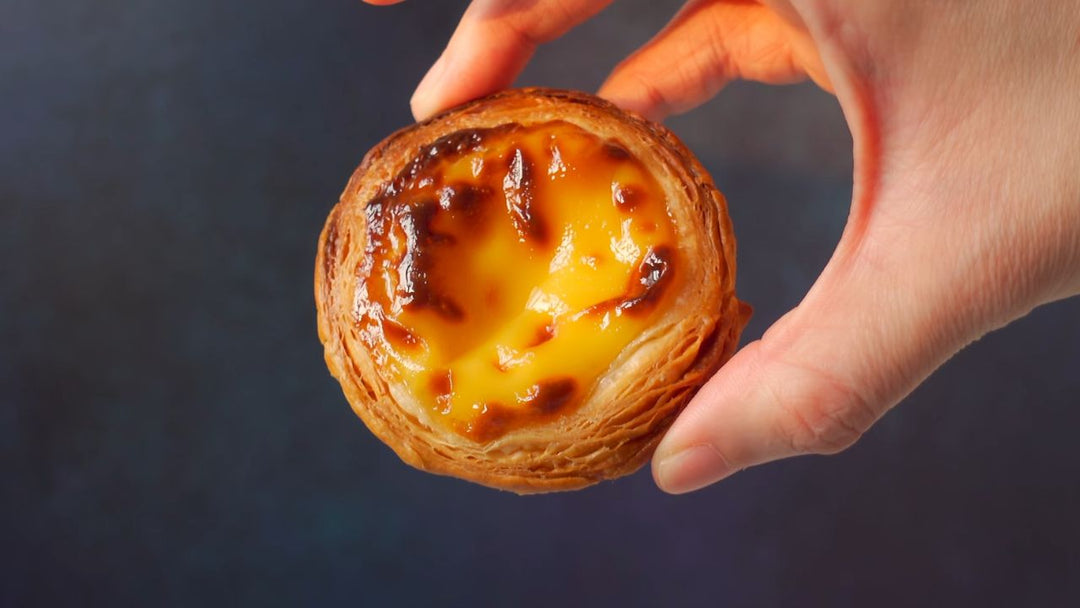

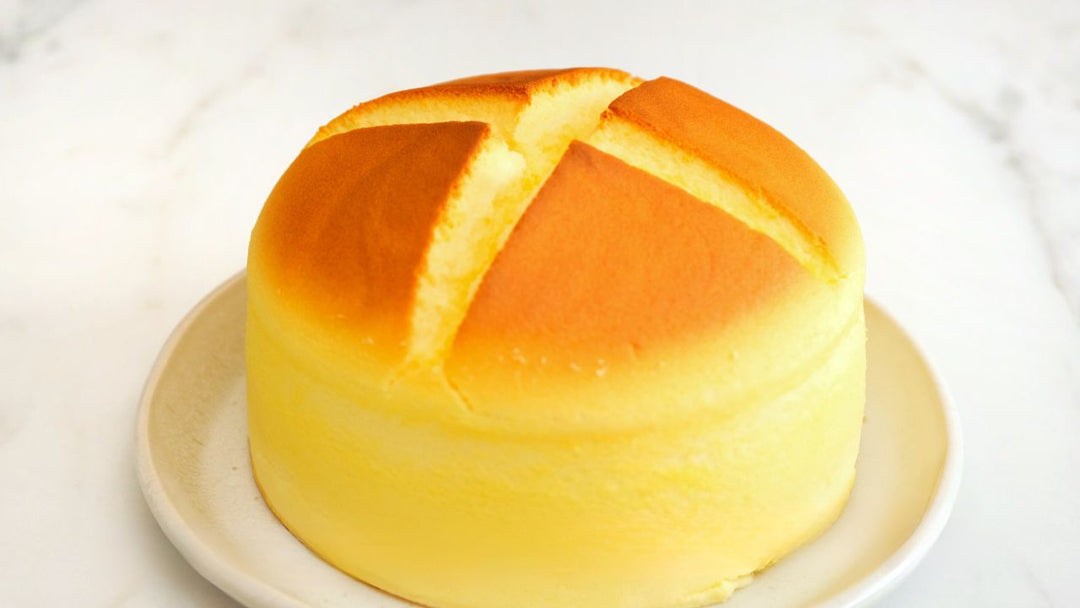
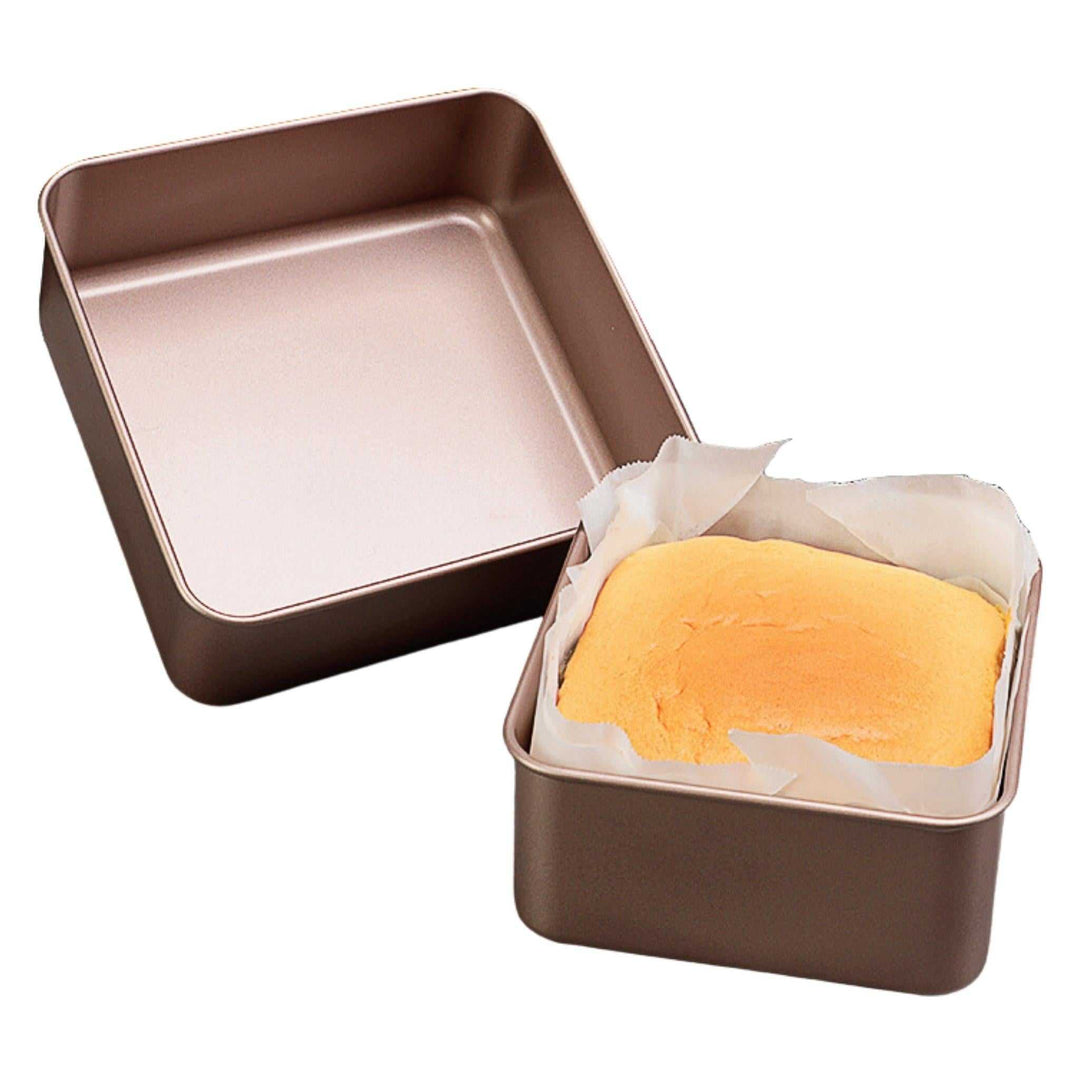
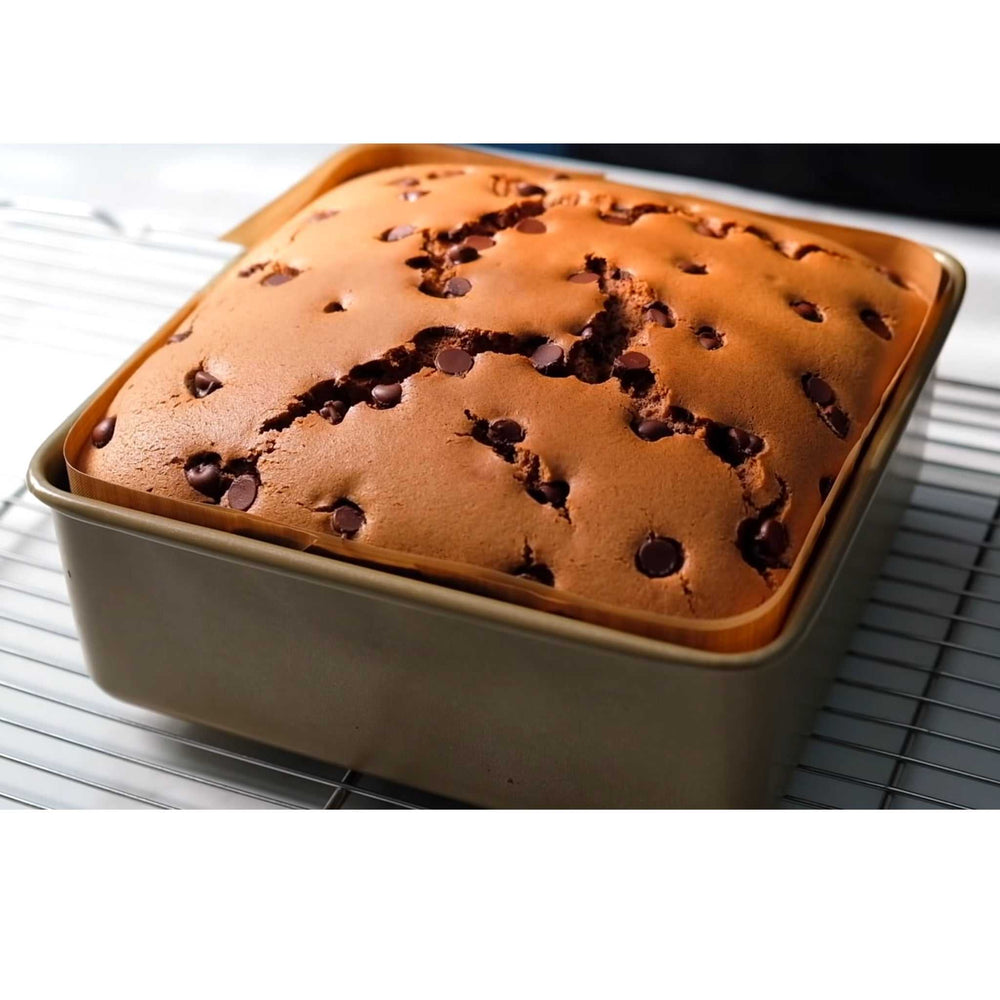
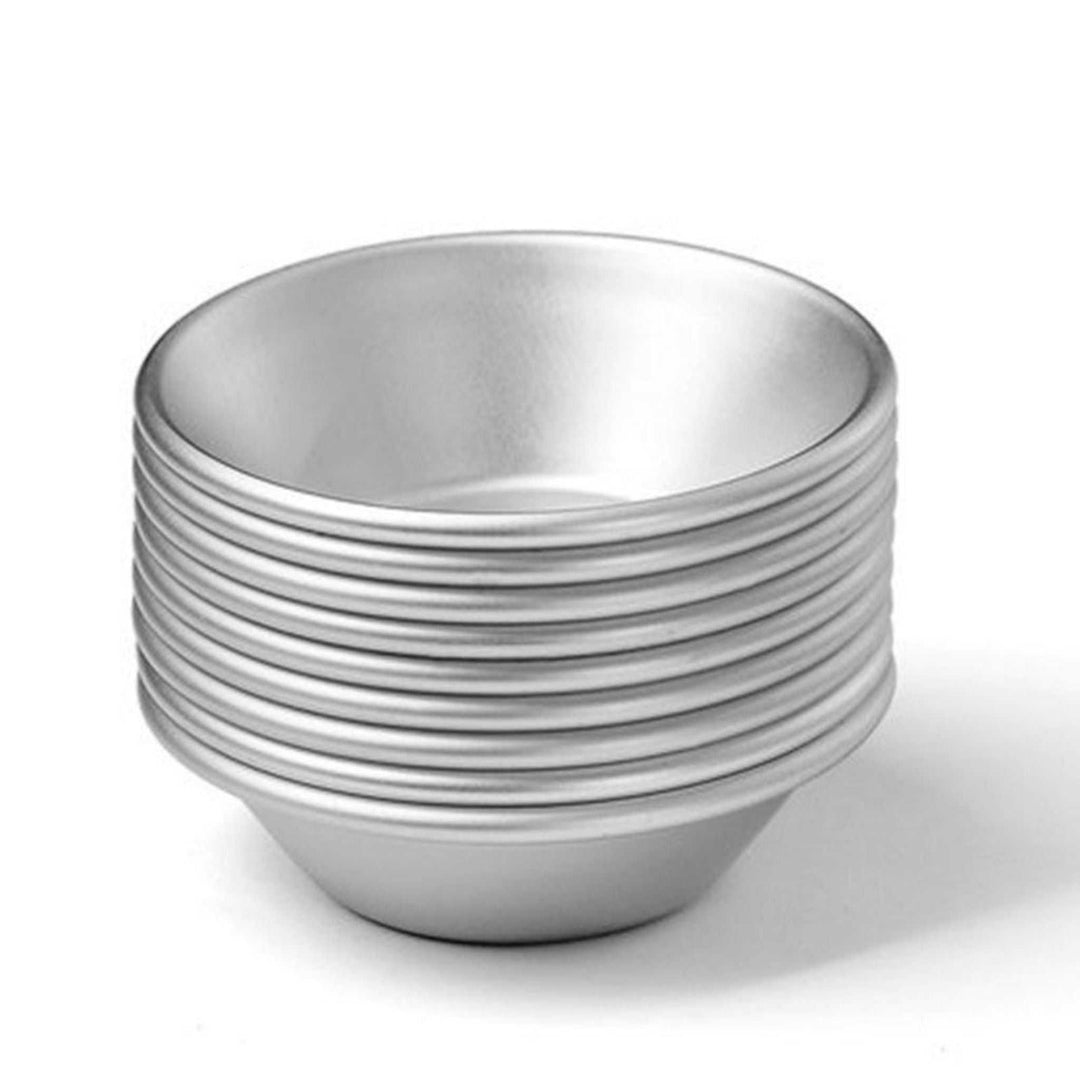

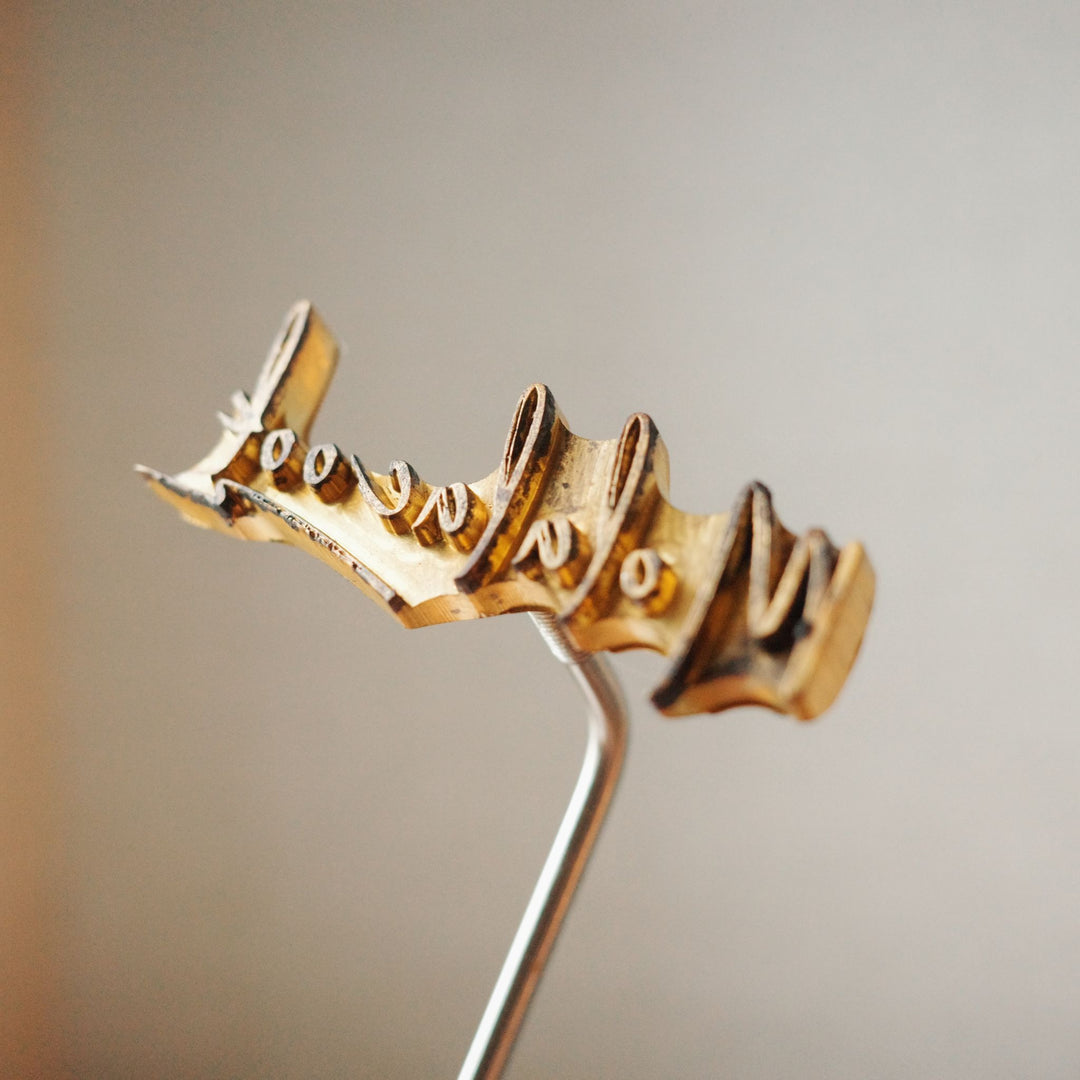
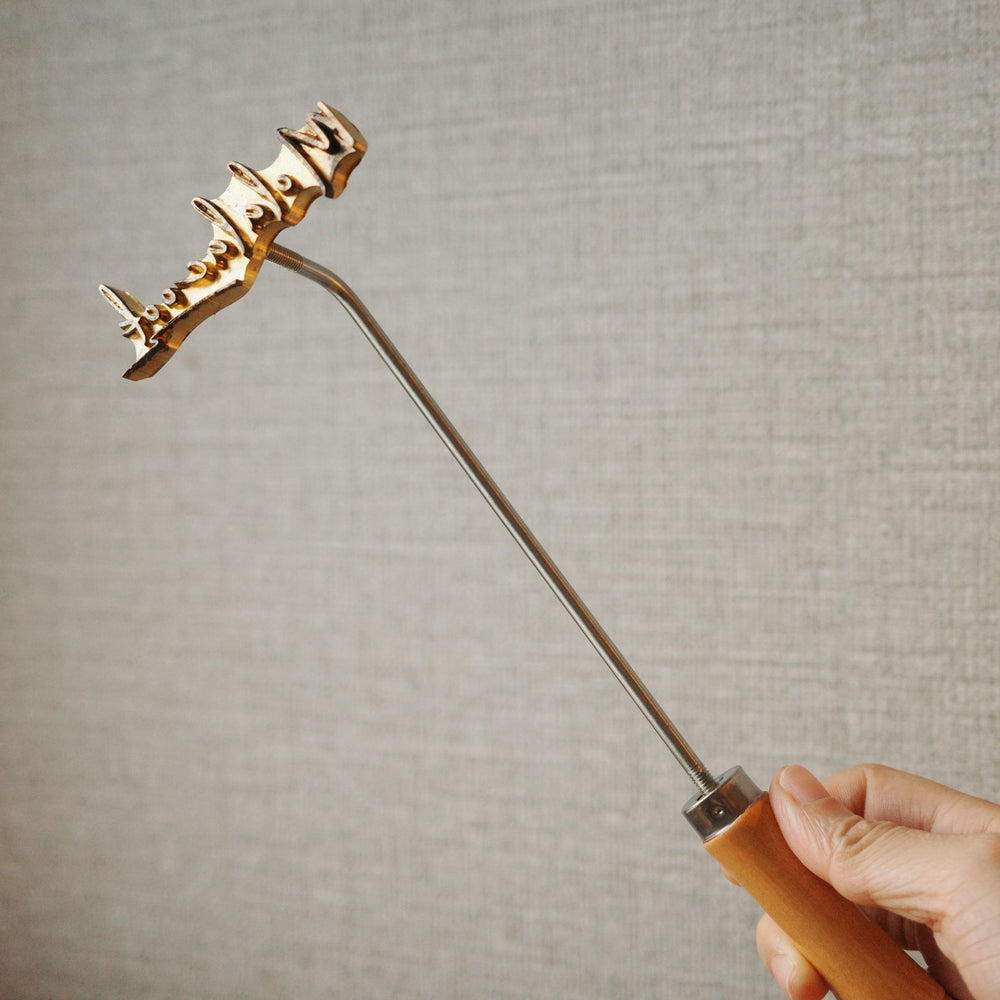


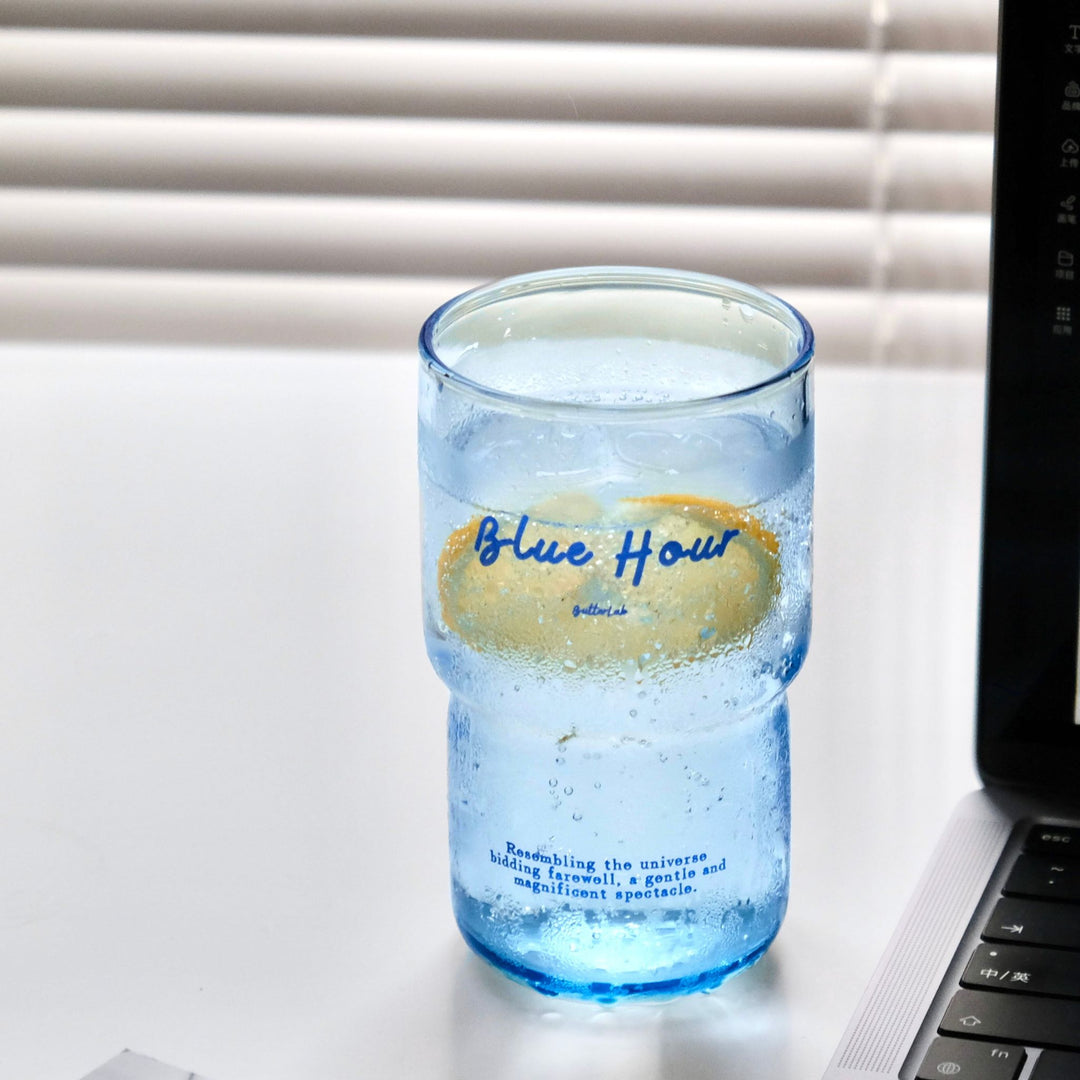
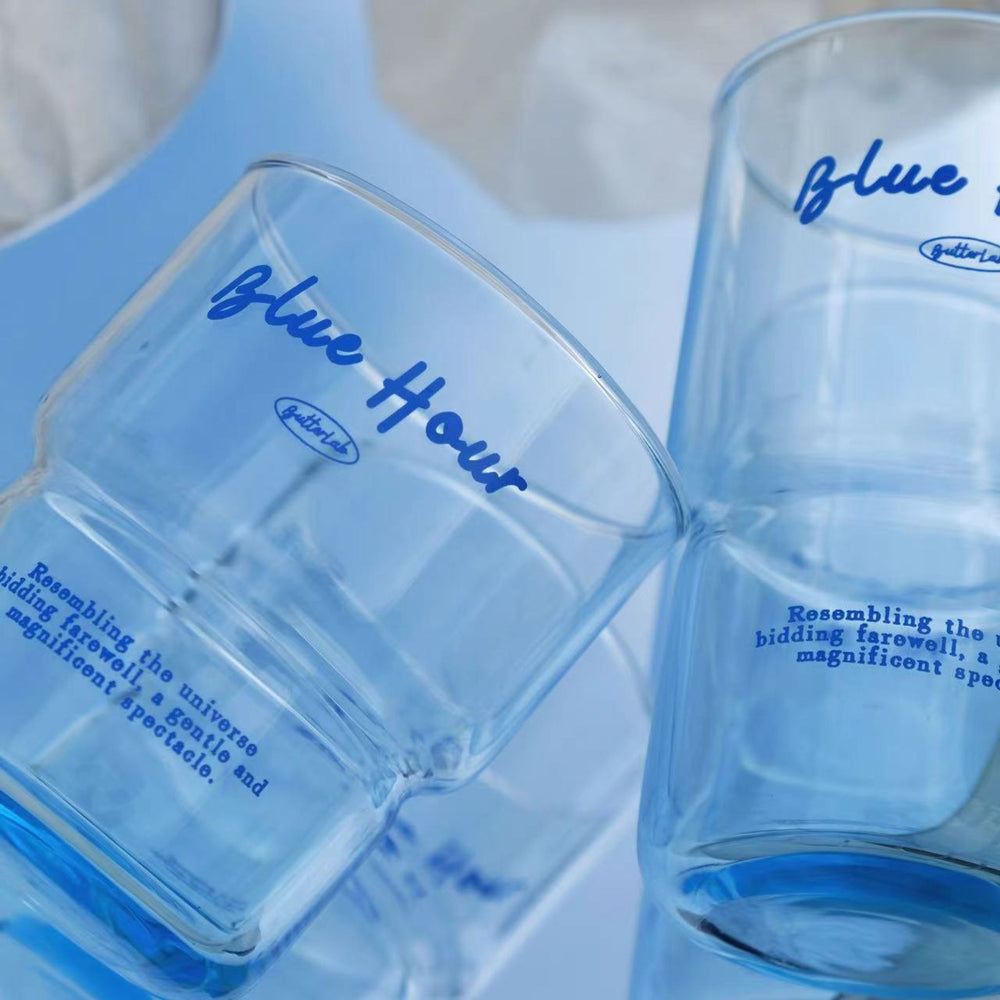
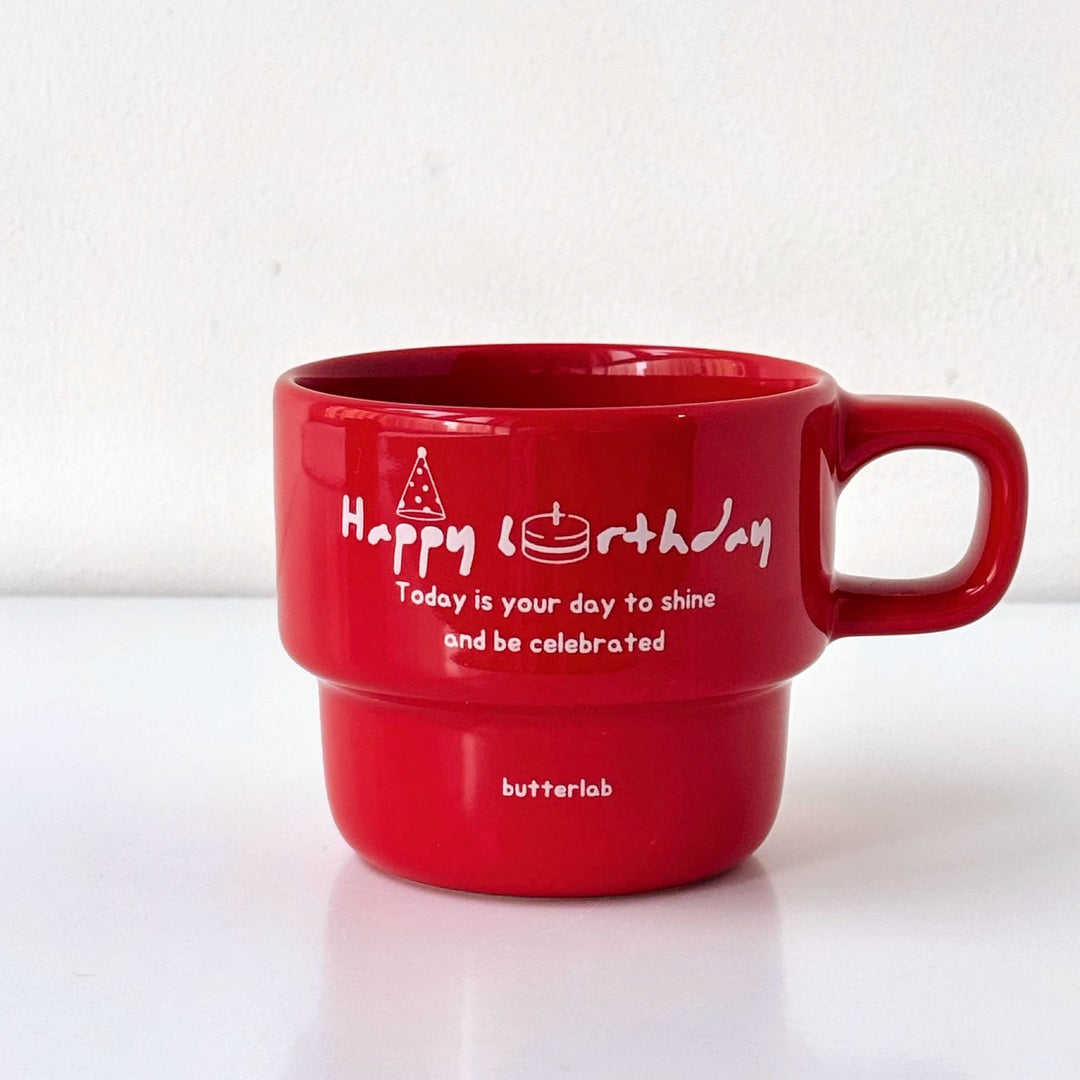
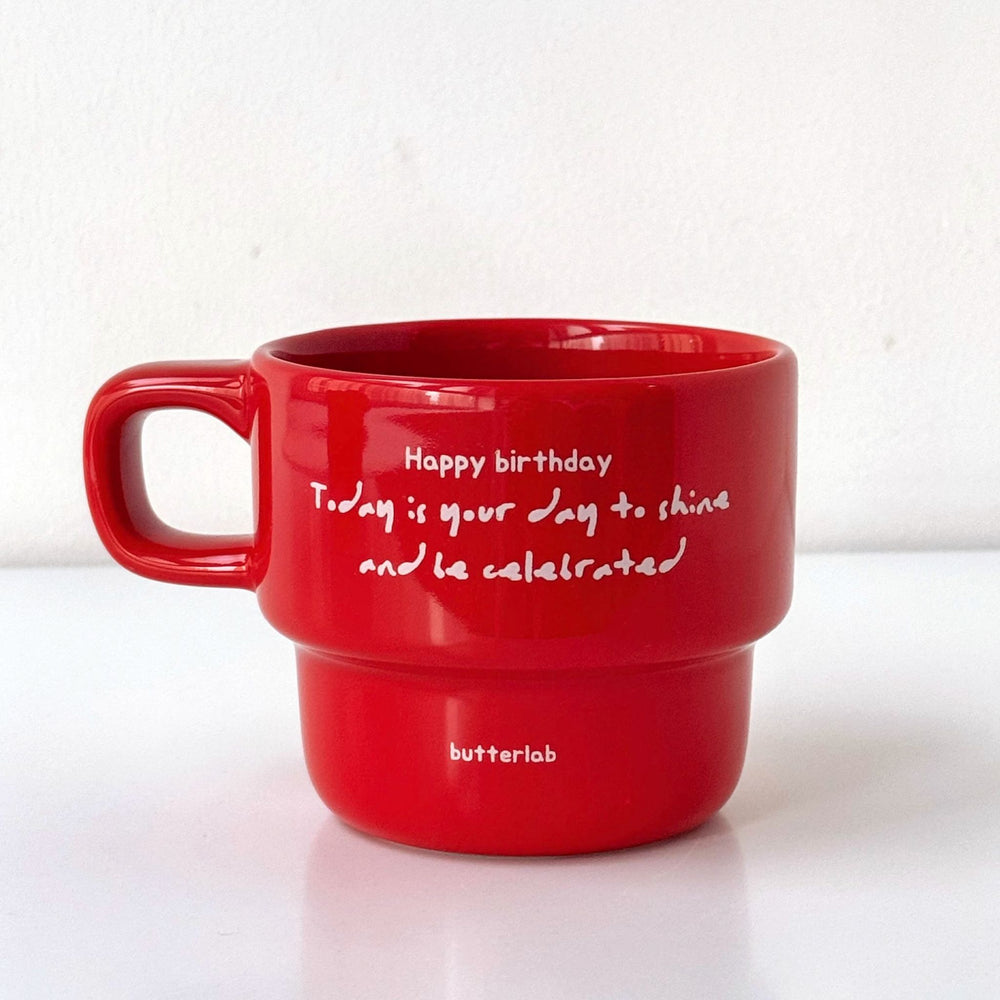


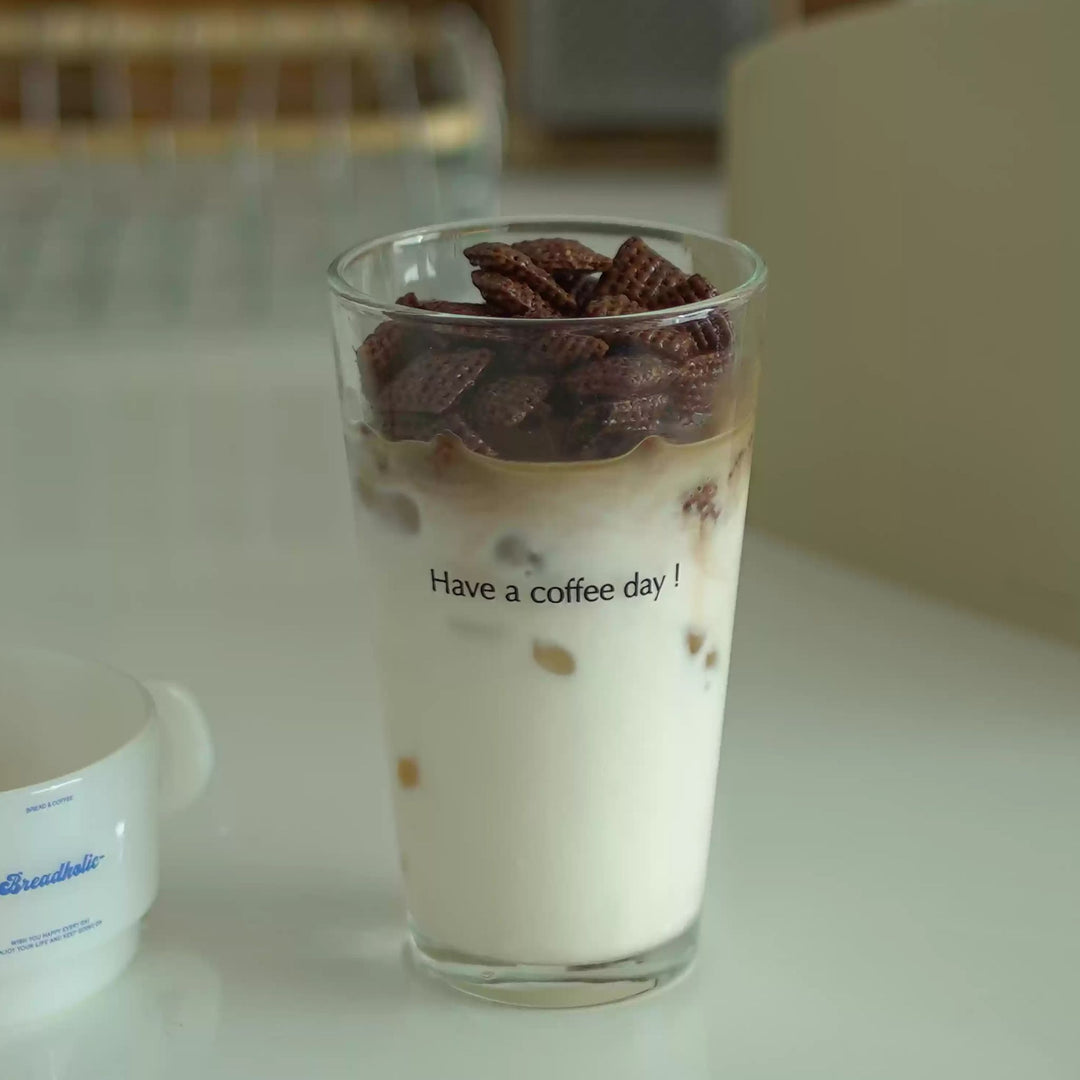
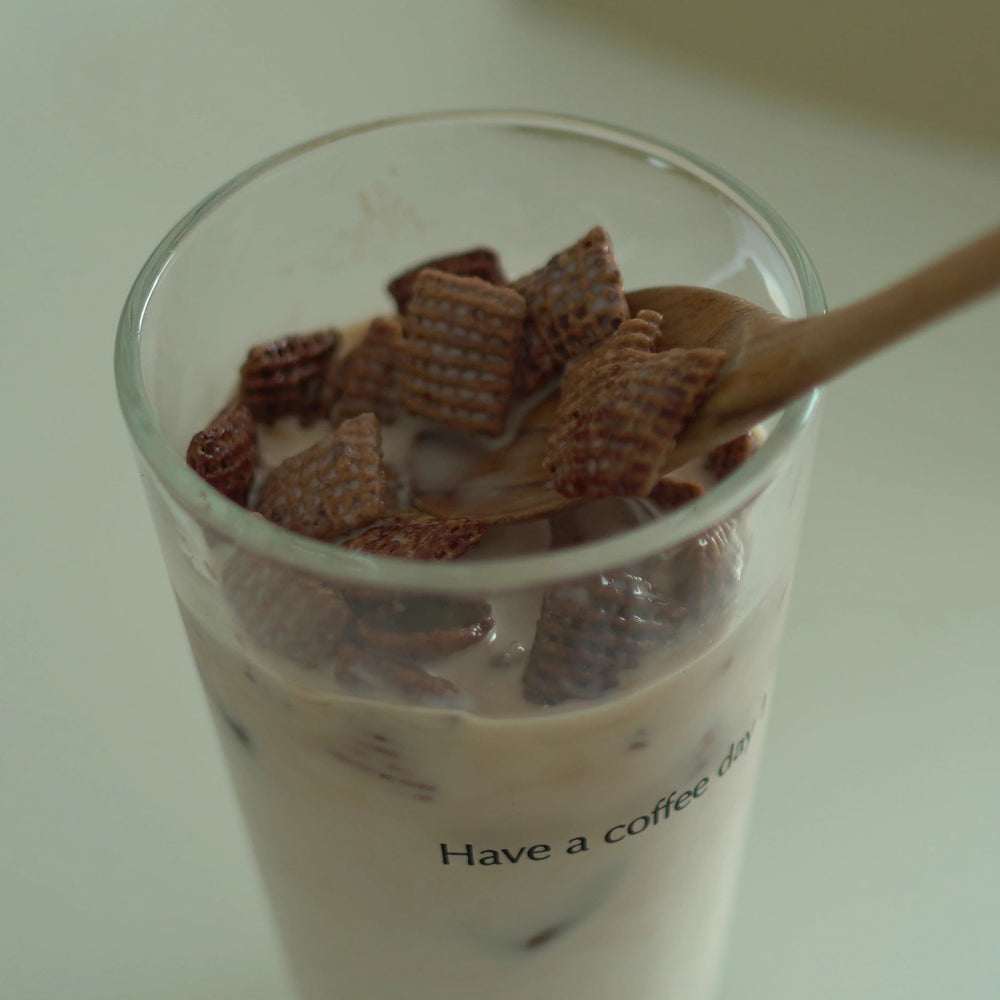
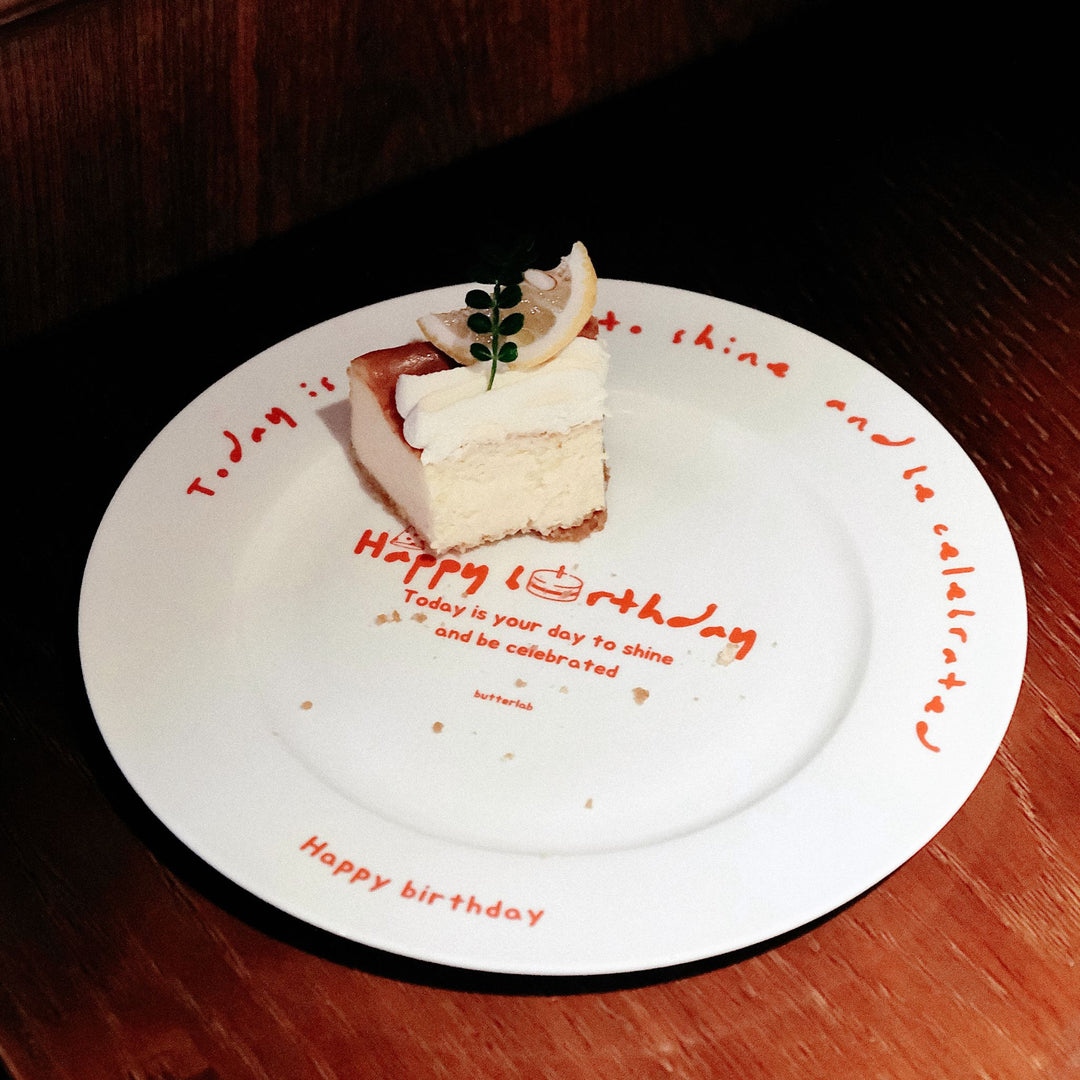
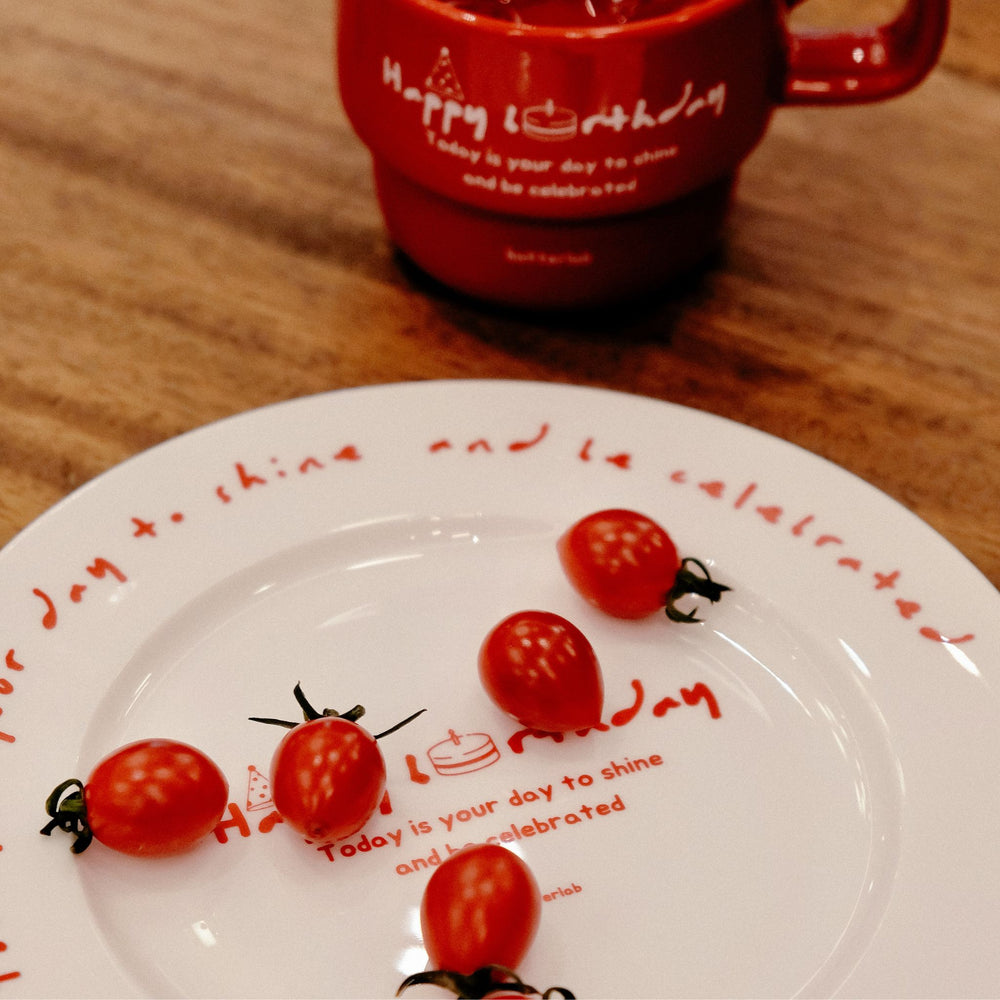
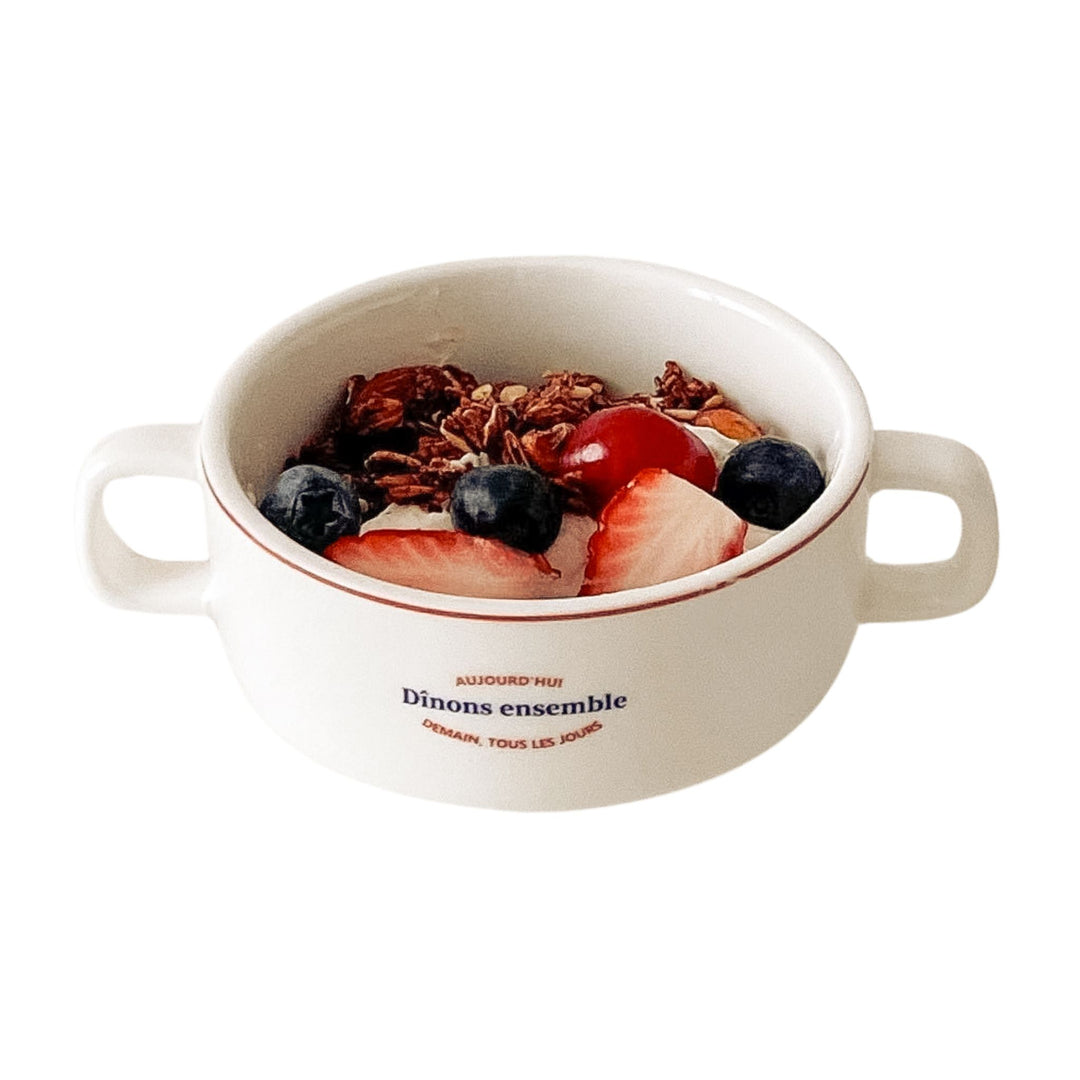
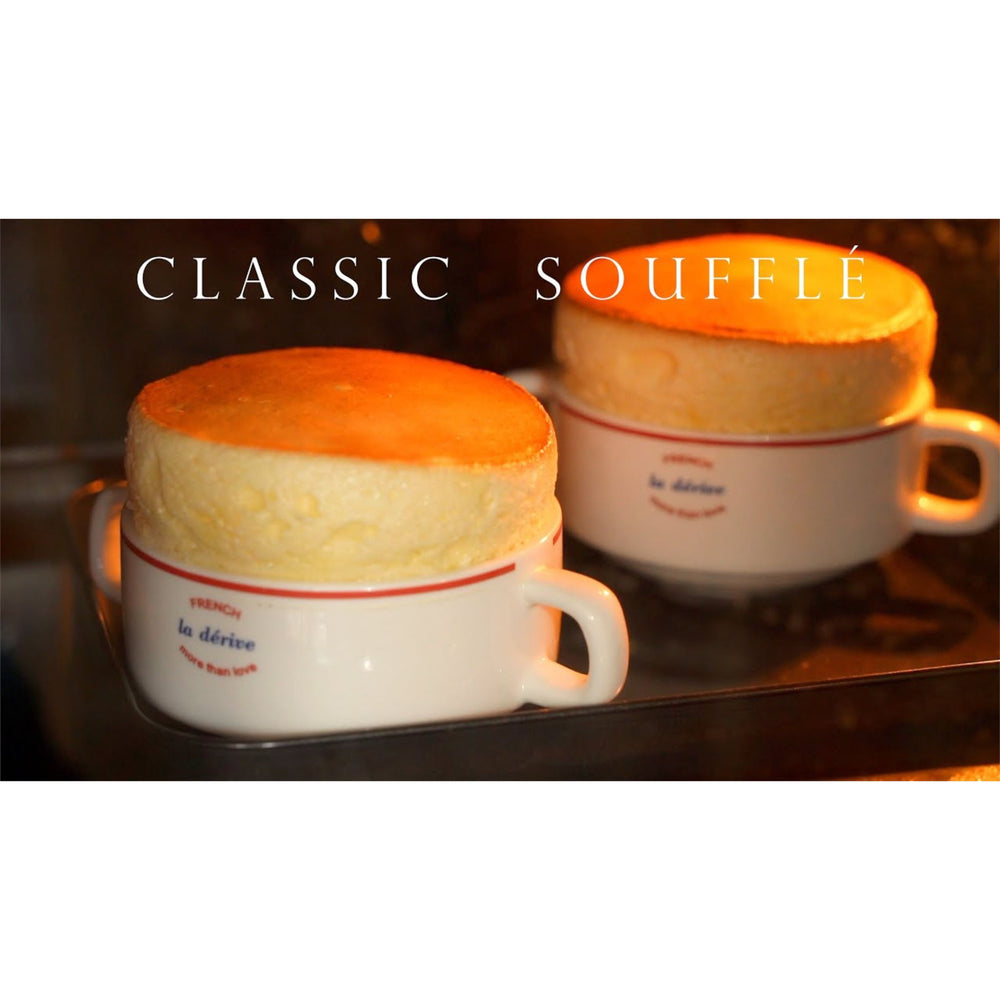
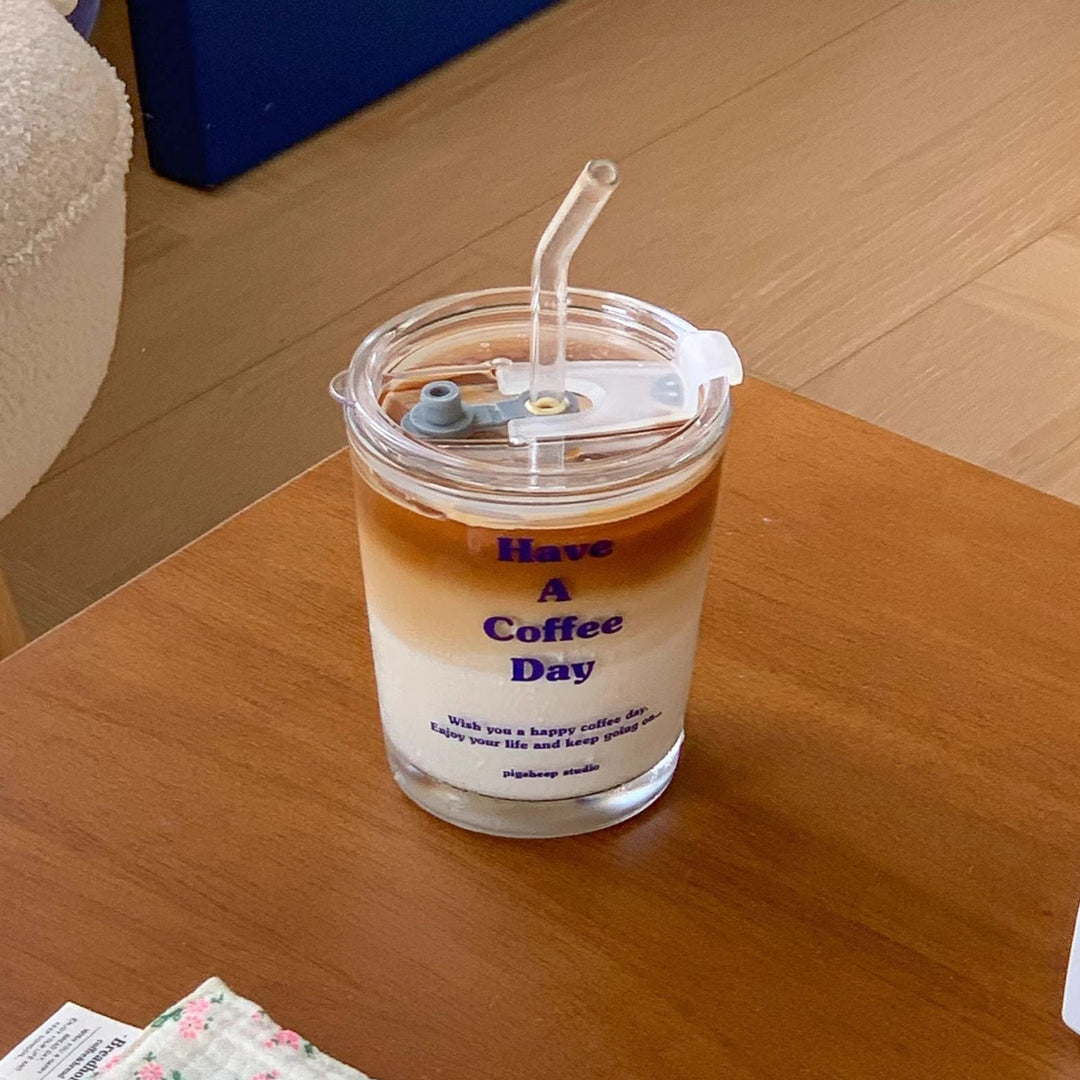
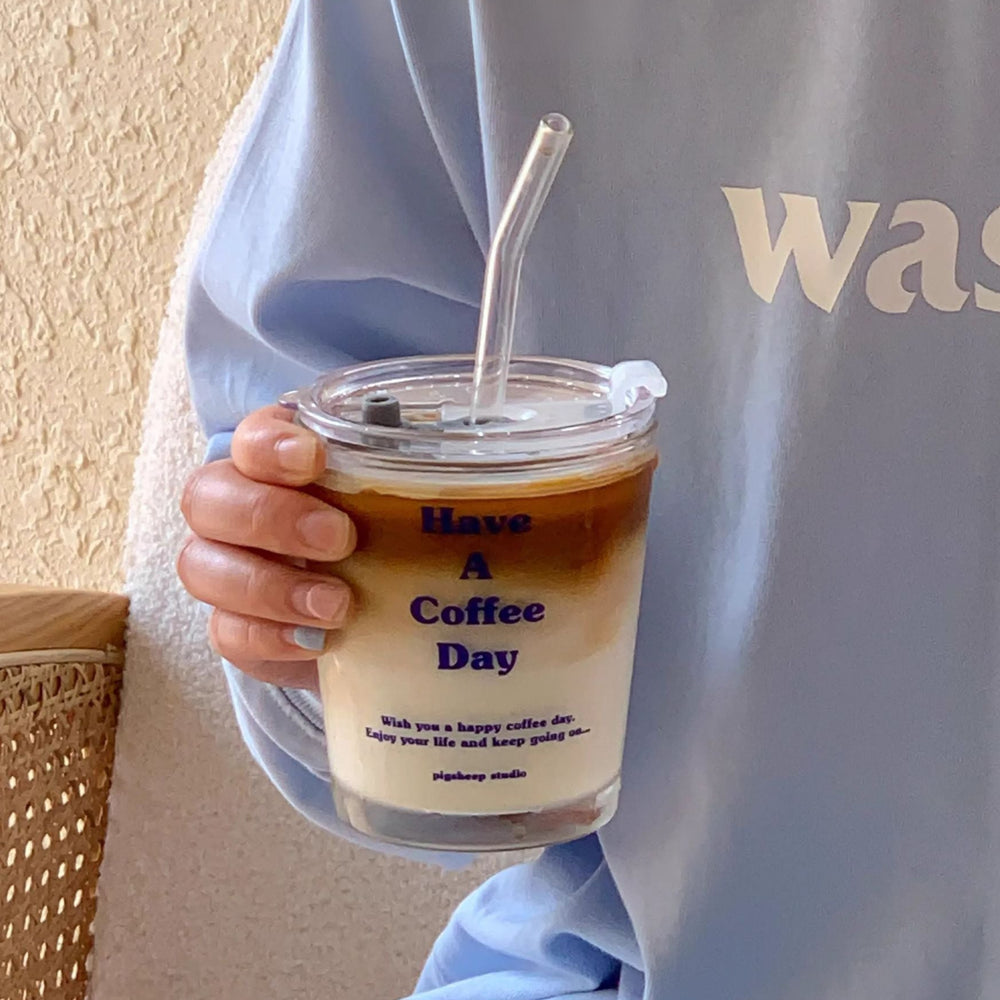

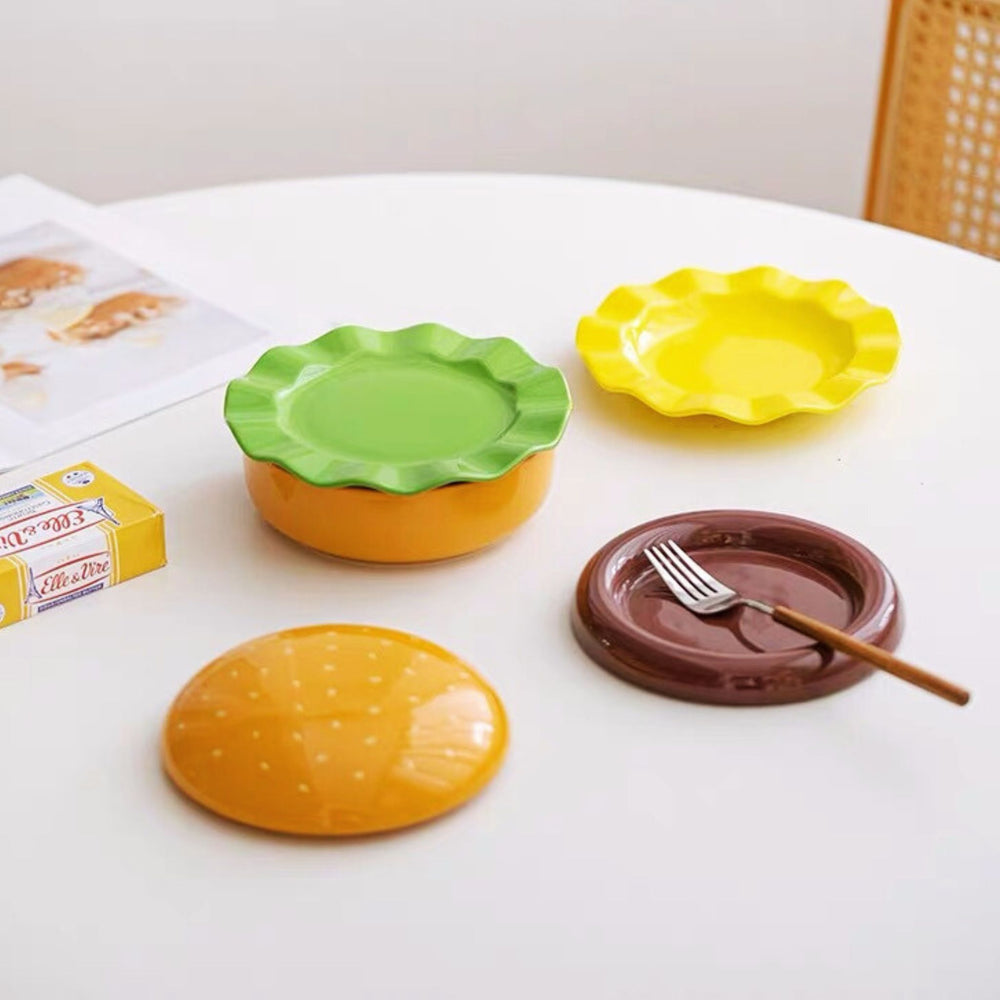
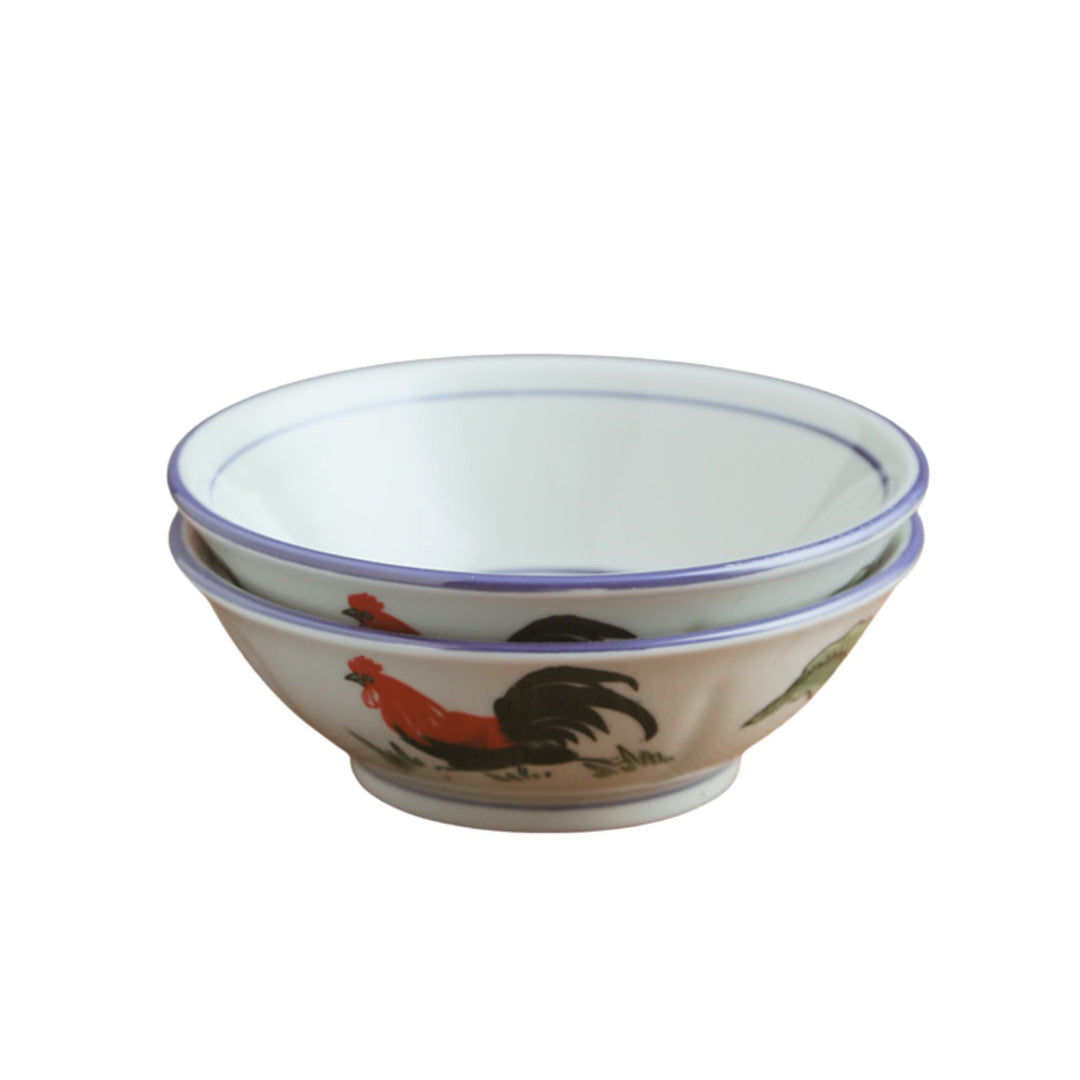
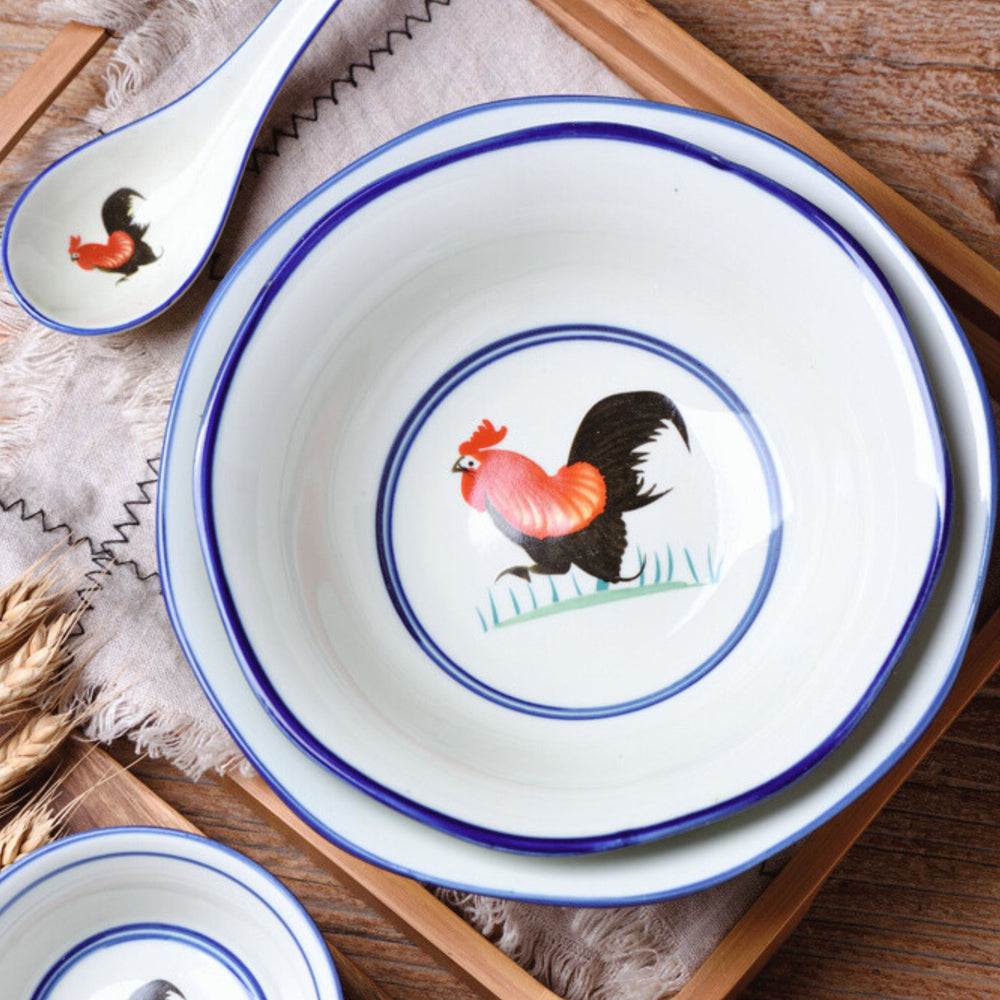
I couldn’t find the receipt for making this cheese cake.
코멘트를 남겨주세요